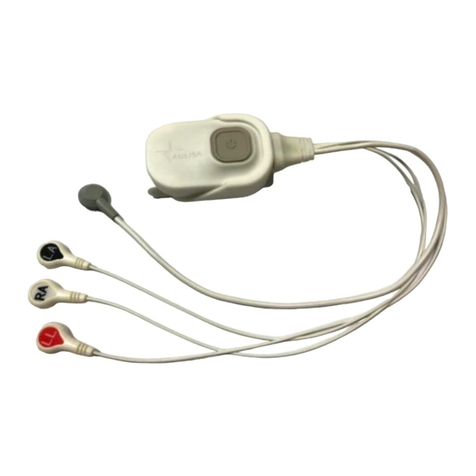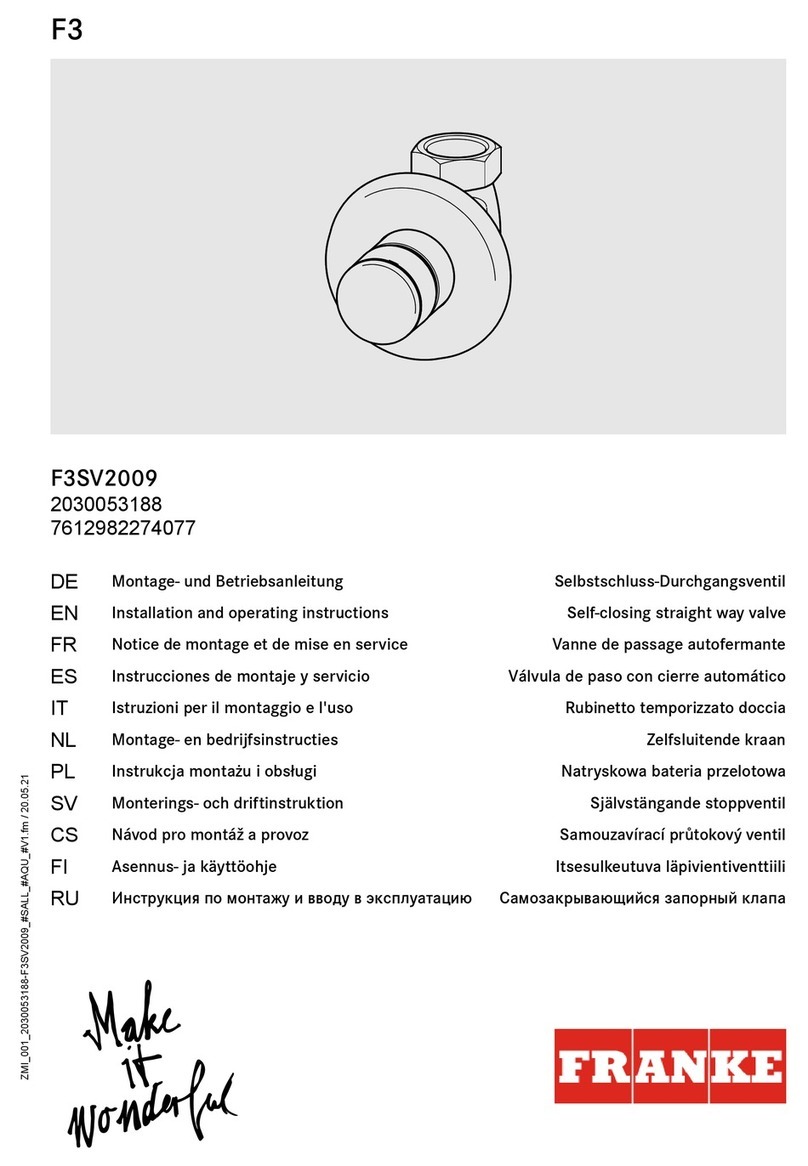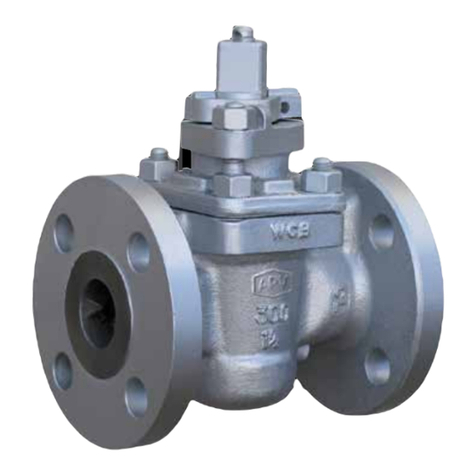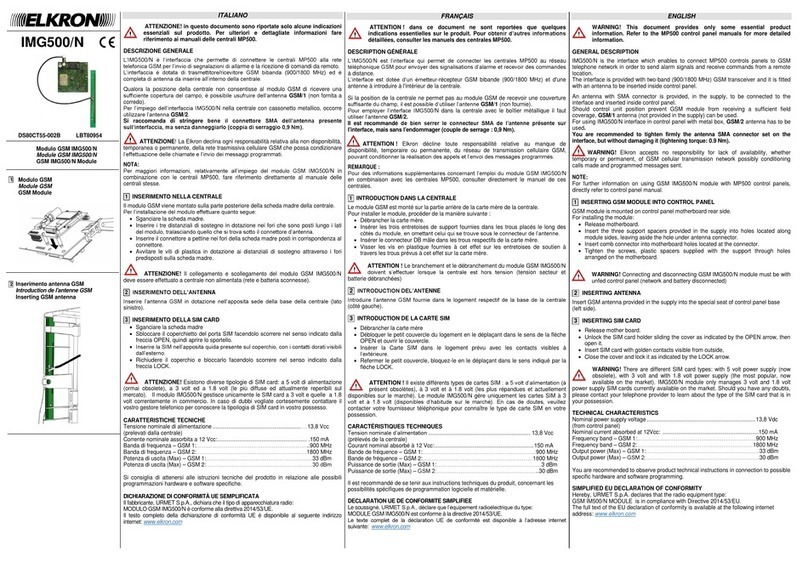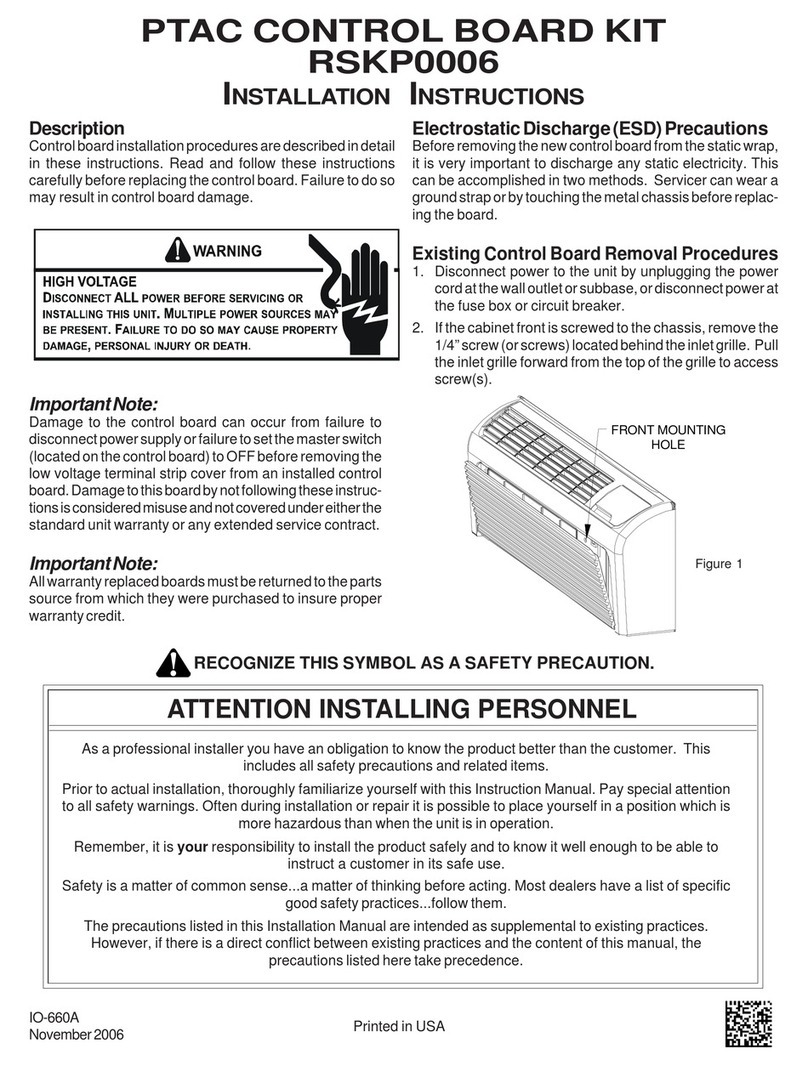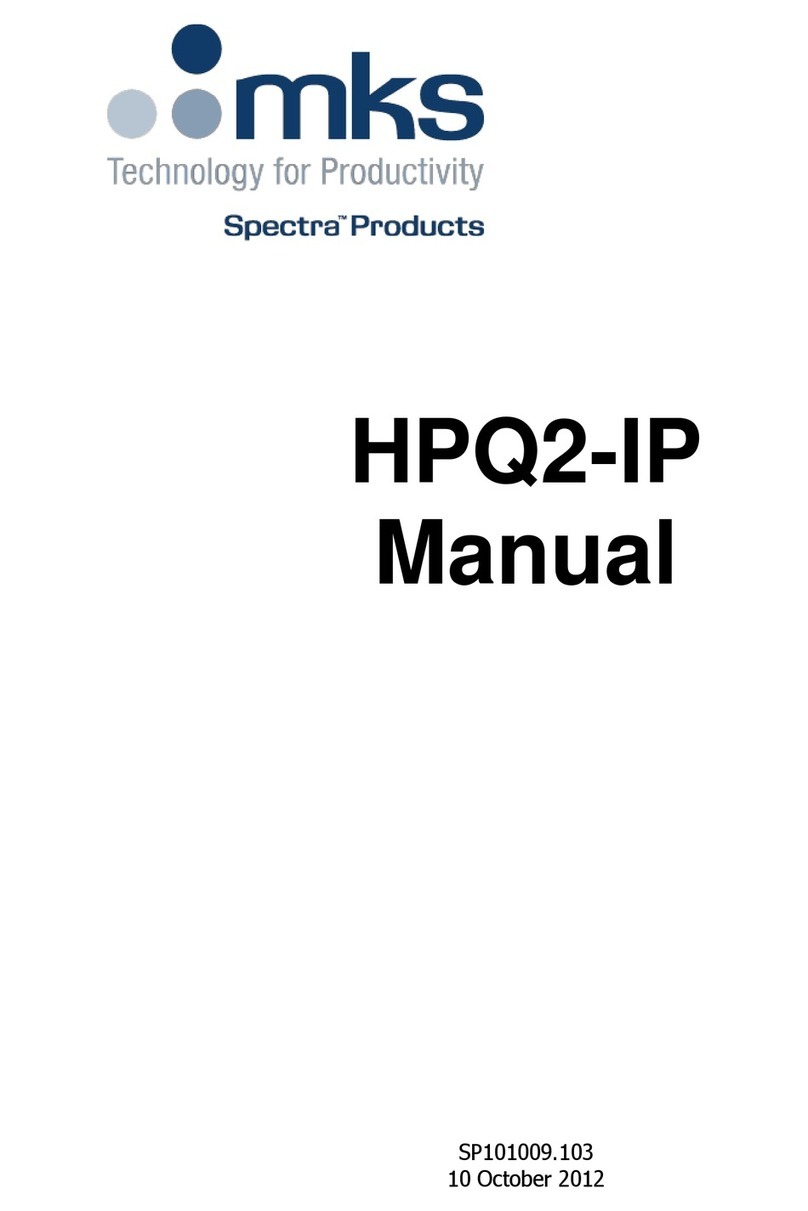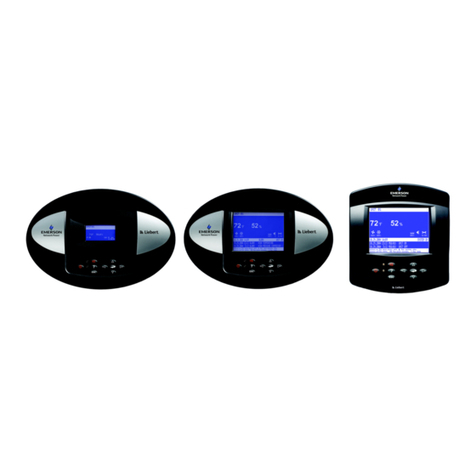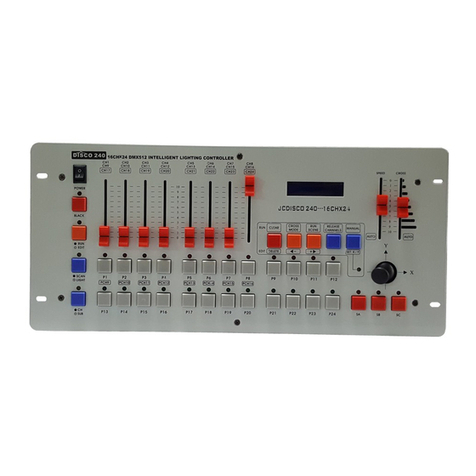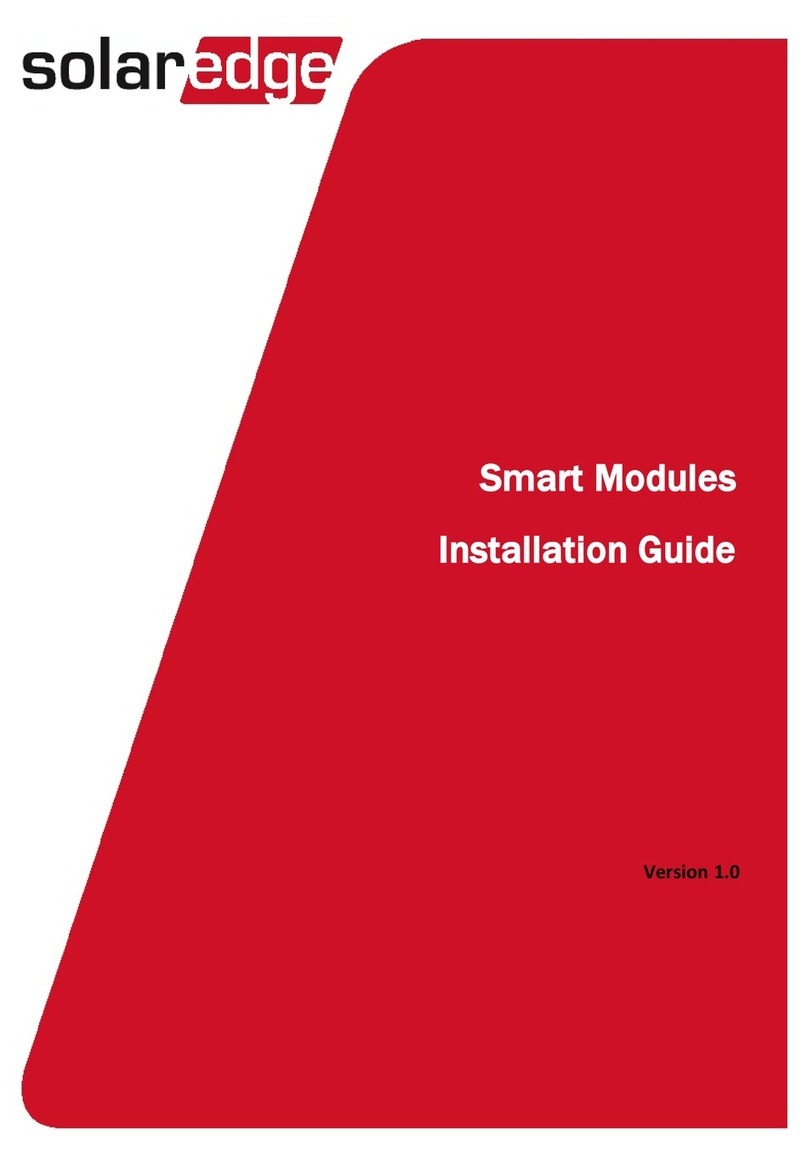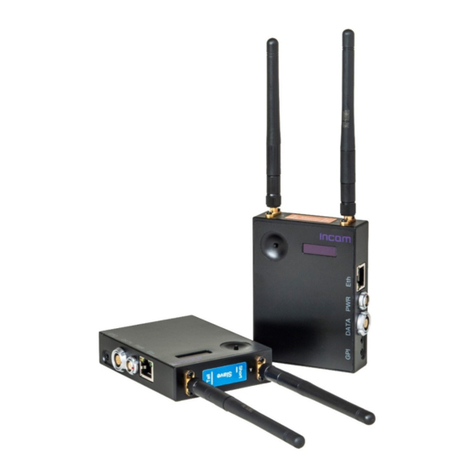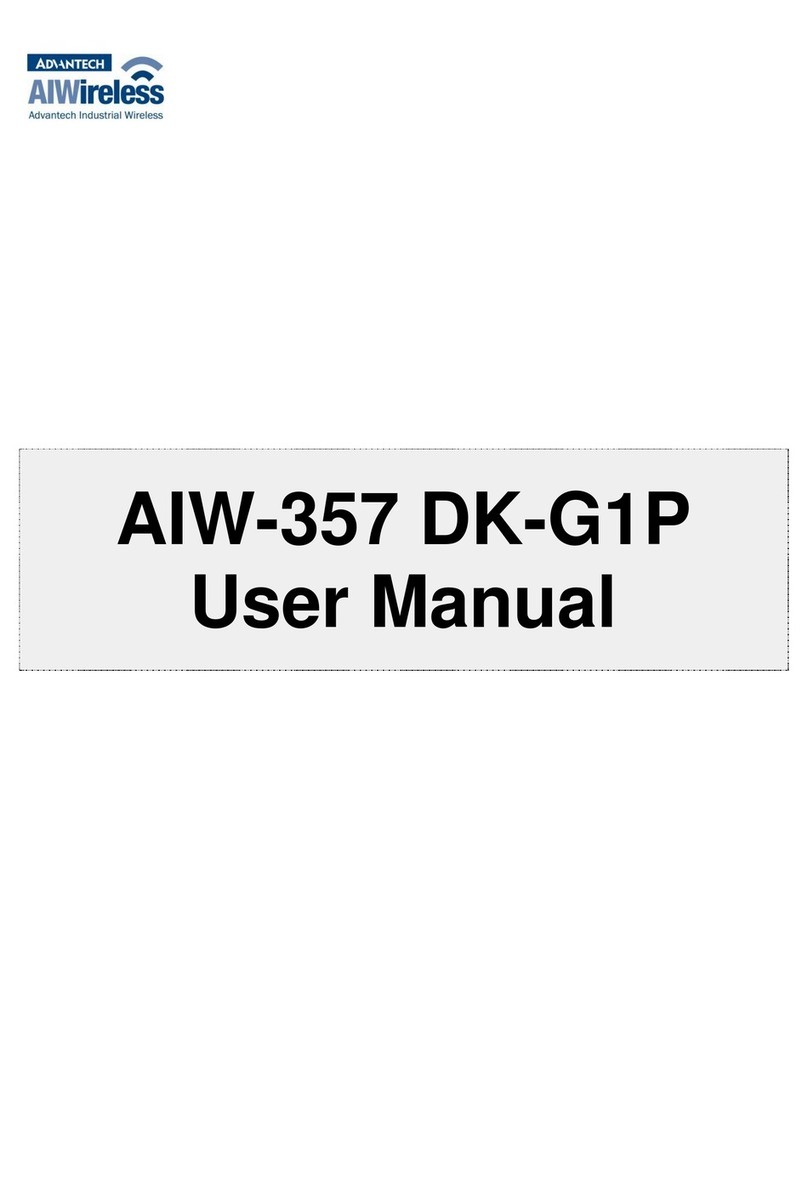Aulisa Guardian Angel Rx User manual

Instructions For Use
____________________________________________________________
7MN00057-00
Guardian Angel® Rx
Infant Oximeter Module

1
Disclaimer
At the time of publication, this manual is believed to be accurate and up-to-date. In
the interest of continued product development, Taiwan Aulisa Medical Devices
Technologies, Inc. reserves the right to make changes and improvements to this
manual and the products described within at any time, without notice or obligation.
References to “Aulisa” in this manual shall imply Taiwan Aulisa Medical Devices
Technologies, Inc.
Aulisa is a registered trademark of Taiwan Aulisa Medical Devices Technologies, Inc.
Taiwan Aulisa Medical Devices Technologies, Inc.
No. 218-2, Chong Yang Rd., Nangang Dist.
11573 Taipei City , Taiwan
Tel.: +886 809 083 100
Distributed by
Aulisa Medical USA, Inc.
999 Commercial Street, Suite 208
Palo Alto, CA 94303,USA
Tel.: 1.833.828.5472
www.aulisa.com
© 2020 Taiwan Aulisa Medical Devices Technologies, Inc.
CAUTION!!! Read this entire manual carefully before using Guardian Angel® Rx Infant
Oximeter.

2
Table of Contents
Disclaimer.......................................................................................................................1
Guide to Symbols...........................................................................................................3
Welcome ........................................................................................................................5
Precautions for Use........................................................................................................5
Contraindications...................................................................................................5
Warnings ................................................................................................................5
Cautions .................................................................................................................6
Device Overview ............................................................................................................8
Device Components...............................................................................................8
Device Description .................................................................................................9
Device Intended Use..............................................................................................9
Device Principle of Operation ................................................................................9
Device Set Up.................................................................................................................9
Device Pairing...............................................................................................................12
Automatic Pairing.................................................................................................12
Manual Pairing.....................................................................................................12
Device Power Off..........................................................................................................13
Device Charging............................................................................................................13
Alarms ..........................................................................................................................14
Care and Maintenance.................................................................................................14
Cleaning................................................................................................................14
Reuse Life.............................................................................................................14
Troubleshooting ...........................................................................................................16
Device Performance.....................................................................................................18
SpO2 Accuracy......................................................................................................18
Pulse Rate Accuracy .............................................................................................19
Equipment Response Time ..................................................................................19
Manufacturer’s Declaration.........................................................................................20
FCC Compliance ...........................................................................................................27
Service, Support, and Warranty...................................................................................27
Specifications ...............................................................................................................28
Parts and Accessories...................................................................................................30

3
Guide to Symbols

4
MR Unsafe: must not be used in an MRI
environment.

5
Welcome
This manual will help you get started with monitoring using the Infant Oximeter
Module of Guardian Angel® Rx Digital Vital Sign Monitoring System. The Infant
Oximeter Module is intended for use with Guardian Angel® Rx Digital Vital Sign
Monitoring System . Refer to the system Instructions for Use for detailed instructions.
Precautions for Use
Contraindications
1. Do not use any part of this device in an MRI environment.
2. Explosion Hazard: Do not use this device in an explosive atmosphere or in the
presence of flammable anesthetics or gases.
3. This device is not a replacement for a caregiver.
Warnings
1. This device is intended only as an adjunct in patient assessment. It must be used
in conjunction with other methods of assessing clinical signs and symptoms.
2. A functional tester cannot be used to assess the accuracy of this device. This
device does not require calibration.
3. This device readings may be affected by the use of an electrosurgical unit.
4. Anemia may affect the accuracy of the measurement.
5. Only use the accessories manufactured by Aulisa. These accessories are
manufactured to meet the accuracy specifications for this device. Using other
manufacturers' components can result in improper device performance and
injury may occur.
6. The operator must verify the compatibility of the accessories before use,
otherwise injury can result.
7. As with all medical equipment, carefully route all cables to reduce the possibility
of entanglement, strangulation or injury to the patient.
8. Be careful with small parts that can be removed from the device and swallowed.
They are hazardous to children.
9. Excessive pressure to the sensor application site for prolonged periods may
cause damage to the skin beneath the sensor probe.

6
10. Do not use this device if it is damaged in any way. Discontinue using it
immediately and replace a new one.
11. Do not use in or around water or any other liquid when AC power adaptor is
used.
12. Only use this device with charging adaptors provided by Aulisa.
13. This device is designed to determine functional oxygen saturation, the
percentage of arterial oxygen saturation of functional hemoglobin. Significant
levels of dysfunctional hemoglobin, such as methemoglobin, might affect the
accuracy of the measurement.
14. Use this device only when it is within the specified distances, approximately
32.8 feet (10 meters) spherical radius to Guardian Angel® Rx Digital Vital Sign
Monitoring System. Moving outside this range may cause missing, lost, and/or
inaccurate data.
15. Loss of monitoring can result if any objects hinder the pulse measurement.
Ensure that no blood flow restrictors (e.g. blood pressure cuff) hinder pulse
measurements.
16. This device is not a substitution for physician supervision.
17. Always refer to Instructions For Use for full warnings and instructions.
18. Failure to follow instructions and warnings may result in serious injury or death.
Cautions
1. This device complies with International Standard IEC 60601-1-2: 2014 for
electromagnetic compatibility for medical electrical equipment and/or systems.
This standard is designed to provide reasonable protection against harmful
interference in a typical medical installation. However, because of the
proliferation of radio-frequency transmitting equipment and other sources of
electrical noise in healthcare and other environments, it is possible that high
levels of interference due to close proximity or strength of a source might
disrupt the device's performance.
2. Radios and cell phones or similar devices can affect the wireless connection of
this device and must be kept at least 6.5 feet (2 meters) away from it.
3. If this device fails to respond as described, discontinue use until the situation is
corrected by qualified personnel.
4. Cardiogreen and other intravascular dyes may affect the accuracy of SpO2
measurements.
5. This device might not work on cold extremities due to reduced circulation.
Warm or rub the foot to increase circulation or reposition the sensor.
6. This device might misinterpret motion as good pulse quality. Minimize motion

7
of the monitored site.
7. Excessive ambient light may affect the accuracy of the measurement.
8. Inspect and relocate the sensor application site at least every 6 hours to ensure
correct sensor alignment and skin integrity. Personal sensitivity to a sensor may
vary due to medical status or skin condition.
9. Do not place liquids on top of the device.
10. Do not immerse the device or any of the components in any liquids.
11. Do not use caustic or abrasive cleaning agents on the device.
12. Do not gas sterilize or autoclave this device.
13. Batteries might leak or explode if used or disposed of improperly.
14. Follow local governing ordinances and recycling instructions regarding disposal
or recycling of the device and device components, including batteries.
15. Do not subject the device to extreme hot or cold temperatures, humidity, or
direct sunlight.
16. Do not fasten the Leg Band too tightly around the leg. Inaccurate readings and
discomfort could result.
17. System connection failure (Bluetooth/Wi-Fi wireless connection) may result in
loss of data transfer.

8
Device Overview
Device Components
Infant Oximeter Box
Infant Oximeter Disposable Sensor Cable
Infant Oximeter Reusable Sensor Cable
Adhesive Patch
Leg Band
Charging Adaptor

9
Device Description
Infant Oximeter Box
The Infant Oximeter Box worn on the leg includes a Bluetooth transmitter and a
sensor chip along with electronics for vital sign measuring and analyzing. It must be
used within 32.8 feet (10 meters) to Guardian Angel® Rx Digital Vital Sign Monitoring
System.
Infant Oximeter Disposable Sensor Cable
The Infant Oximeter Disposable Sensor Cable is intended to be attached to the Infant
Oximeter Box on one end and to the toe on the other end. Discard the sensor cable
after each use. It can be purchased separately.
Infant Oximeter Reusable Sensor Cable
The Infant Oximeter Reusable Sensor Cable is intended to be attached to the Infant
Oximeter Box on one end and to the toe on the other end using the Adhesive Patch.
The sensor cable is reusable. Discard the Adhesive Patch after each use.
Device Intended Use
The Aulisa Infant Oximeter Module is intended to measure SpO2 and pulse rate of
infant patients during non-motion and under well-perfused conditions in hospitals,
medical facilities, home care, and subacute environments. The parameters derived
by Aulisa Infant Oximeter Module are transmitted to Aulisa’s Digital Vital Sign
Monitoring System for display.
Device Principle of Operation
This device measures SpO2 and pulse rate based on non-invasive light-emitting diode
(LED) reflectance technology, measuring the absorbance of red and infrared light
passed through the perfused tissue during each pulse.
Device Set Up
Before you begin your monitoring session, unpack the device and become familiar
with its parts. It is recommended to fully charge the Infant Oximeter Box prior to
setting up. It takes approximately 1 hour to fully charge. Refer to “Device Charging”
section for detailed instructions.

10
Step 1: Assemble the device.
Insert the Leg Band through the holder of the Infant Oximeter Box. The
fluffy side of the Leg Band should face upward. And then plug in the sensor
cable.
Step 2: Attach the sensor to the toe.
If you go with Infant Oximeter Disposable Sensor Cable, peel off the release
paper on the sensor first and wrap the adhesive patch around the toe.
If you go with Infant Oximeter Reusable Sensor Cable, peel off the arch-
shaped section of the release paper of the Adhesive Patch, followed by
placing the back of the sensor probe over the hole on the center of the
patch, and peel off the whole release paper and wrap the patch around the
toe.

11
Step 3: Secure the Leg Band around the leg.
Step 4: Press the Power button to turn on the Infant Oximeter Box.
Step 5: Set up Guardian Angel® Rx Digital Vital Sign Monitoring System.
Step 6: Wait for the wireless connection of the system to be established. Once
connected, the vital signs and the device status information will appear on
the MAIN screen.
NOTE: The power LED will light green when the power is ON.
NOTE: Refer to the Instructions for Use of Guardian Angel® Rx Digital Vital Sign
Monitoring System for set up instructions and verifying system operation.
NOTE: Refer to “Device Pairing” section below for more information.
NOTE: The device must be used within 32.8 feet (10 meters) spherical radius to
Guardian Angel® Rx Digital Vital Sign Monitoring System.
NOTE: The power LED on the Infant Oximeter Box will blink green when pairing
succeeds, and data transmission starts.

12
Device Pairing
Automatic Pairing
The system automatically scans and pairs to the Aulisa sensor module(s) from the
same starter kit.
Manual Pairing
Follow the below instructions to manually setup pairing of a new Infant Oximeter
Module.
Step 1: Turn on the Infant Oximeter.
Step 2: In the Setting menu, select “PAIRING”→“SENSOR MODULE”.
Step 3: Scan the QR Code or key in the serial number located on the back of the
Infant Oximeter Box.
Step 4: Press “CONFIRM” if the serial number (SN) displayed matches with the one
on the Infant Oximeter Box.
Step 5: To confirm that the process was successful, ensure that the Bluetooth
connection status icon on the MAIN screen is lit blue.
NOTE: The device must be placed within 32.8 feet (10 meters) to the Guardian Angel®
Rx Digital Vital Sign Monitoring System.
NOTE: The Bluetooth connection status icon will turn blue once the pairing succeeds.
NOTE: The power LED on the Infant Oximeter Box will blink green when pairing
succeeds, and data transmission starts.
NOTE: Up to four (4) Infant Oximeter can be stored in the system.

13
Device Power Off
The device will be turned off by either:
1. press the Power button on the Infant Oximeter Box, or
2. when the device detects no signal for 3 minutes.
Device Charging
The Guardian Angel® Rx Digital Vital Sign Monitoring System will alert the user when
the device is on low power. Follow the instructions below to charge the device.
Step 1: Unplug the sensor cable from the Infant Oximeter Box.
Step 2: Plug the Type-C end of the charging adaptor into the Infant Oximeter Box.
Step 3: Attach the wall adaptor to a power outlet .
NOTE: The device remains paired with the system until the serial number is deleted
from the list.
NOTE: The device must be placed within 32.8 feet (10 meters) to Guardian Angel® Rx
Digital Vital Sign Monitoring System.
NOTE: The Power On/Off LED indicator lights green when the power is ON.
NOTE: The power LED goes off when power off.
NOTE: The device works for up to extra 2 hours in the low power status.
NOTE: It takes approximately 1 hour to fully charge the device.
NOTE: The Power On/Off LED indicator lights blue during charging and goes off when
fully charged.
NOTE: The device powers off while charging.
CAUTION!!! Only use charging adaptor supplied or manufactured by Taiwan Aulisa
Medical Devices Technologies, Inc.

14
Alarms
The Infant Oximeter Box is equipped with an LED indicator that will blink red when a
high priority alarm occurs and blink yellow for medium priority alarm.
For more information about the alarm system, refer to the Instructions for Use of
Guardian Angel® Rx Digital Vital Sign Monitoring System.
Care and Maintenance
The advanced digital circuitry within the device requires no calibration or periodic
maintenance. Field service or repair of this system is not possible. Do not attempt to
open the case of the device for that will cause damage and void the warranty. If the
device is not functioning properly, see “Troubleshooting” section for more
information.
Cleaning and Disinfection
The device is expected to be cleaned and disinfected before use, i.e., once per day. It
has been tested to withstand 300 times of cleaning within 1.5 years of re-use life. Do
not use the device that has exceeded its re-use life.
We recommend you clean and disinfect the device with the instructions below.
First, lightly wipe the surface of the device with a soft cloth dampened with rubbing
alcohol for cleaning. Secondly, disinfect the surface of the device with a soft cloth
saturated with a solution of 10% chlorine bleach in tap water. Lastly, allow the device
to dry thoroughly. Visual inspection is necessary at the end of cleaning and
disinfecting cycle. Repeat the previous cycles to remove visible residual soil on the
device. Do not use a visibly soiled device again.
Reuse Life
This device is reusable with an expected life of 1.5 years. However, if you notice any
signs of deterioration from below, stop using it and replace it with a new one or
contact Aulisa Customer Support by going online at www.aulisa.com:
-button malfunctions;
-cracks appear on external case;
-edge of the gel covering the sensor probe window starts curling up;

15
-the strap frays or breaks and the wires inside become exposed.
Using deteriorated component(s) may cause the device performance to degrade and
do harm to the user.
CAUTION!!! Do not pour or spray any liquids onto this device, and do not allow any
liquids to enter any openings in the device.
CAUTION!!! Do not immerse the device in liquid and do not use caustic or abrasive
cleaning agents on the device.
CAUTION!!! The Infant Oximeter Disposable Sensor Cable is for single use.

16
Troubleshooting
Problem
Possible Solution
Cannot turn on the device
1. Make sure the device is kept away from any
magnetic devices while using.
2. Fully charge the device until the LED blue light
on the Infant Oximeter Box goes off.
Unable to obtain a valid
SpO2or pulse rate reading
NOTE: In some instances,
perfusion of person being
monitored may be
inadequate for pulse
detection.
1. Reposition the sensor cable and keep it
motionless for at least 10 seconds.
2. Relocate the sensor cable to a different site.
3. Make sure the device is assembled firmly and
attached to the toe securely.
4. Check the accessories for any visible signs of
deterioration.
5. Warm the application site by rubbing or
covering with a blanket.
6. Allow the foot to rest comfortably without
squeezing or pressing the sensor probe on a
hard surface.
7. Make sure the device is within 32.8 feet (10
meters) spherical radius to the Guardian Angel®
Rx Digital Vital Sign Monitoring System.
8. Reduce or eliminate any interference. Make sure
the device is NOT placed on the same leg being
used for other medical therapies or diagnostics
(e.g. blood pressure cuff).
9. Check the Guardian Angel® Rx Digital Vital Sign
Monitoring System for any alarms or error
messages.
10. Check if the device is in low power.
11. Verify the system’s wireless connection.
12. Make sure that the system is not in proximity
with other RF radiating devices (such as
diathermy, electrocautery, RFID, and security
systems).
Unstable or constant SpO2
and Pulse Rate readings
1. Shield the sensor probe from any light source.
2. Relocate the sensor cable to a different site.
3. Make sure the device is assembled firmly and
attached to the toe securely.

17
4. Check the accessories for any visible signs of
deterioration.
5. Reduce motion.
“---“ appears on the vital
sign displays
1. Make sure the device is assembled firmly and
attached to the toe securely.
2. Reposition the sensor cable and keep it
motionless for at least 10 seconds.
3. Relocate the sensor cable to a different site.
4. Make sure the device is within 32.8 feet (10
meters) spherical radius to the Guardian Angel®
Rx Digital Vital Sign Monitoring System.
5. Verify the system’s wireless connection.
Data update period has
exceeded the limit
1. Reposition the sensor cable and keep it
motionless for at least 10 seconds.
2. Relocate the sensor cable to a different site.
Cannot establish
system connection
1. Make sure the device is within 32.8 feet (10
meters) spherical radius to the Guardian Angel®
Rx Digital Vital Sign Monitoring System.
2. Turn off the system and retry.
For additional troubleshooting, refer to the Guardian Angel® Rx Digital Vital Sign
Monitoring System Instructions for Use.
If these solutions do not correct the problem, please contact your distributor, or
contact Aulisa by going online at www.aulisa.com under "Contact Us".
CAUTION!!! This system is a precision electronic instrument and must be repaired by
knowledgeable and specially trained Aulisa personnel only. Do not attempt to open the
case or repair the electronics.

18
Device Performance
SpO2 Accuracy
SpO2 accuracy testing is performed by in vivo accuracy testing under laboratory
conditions on healthy subjects with varying skin pigmentation in an independent
research laboratory through induced hypoxia studies. Analysis of bias* was
performed vs. Hemoximeter data. The limits of agreement shown are calculated per:
Bland JM, Altman D. (2007) Agreement between methods of measurement with
multiple observations per individual. Journal of Biopharmaceutical Statistics 17, 571
– 582.
Root mean square error (RMS error) is calculated as follows:
*Bias is defined as the monitor under test reading minus the hemoximeter reading.
NOTE: Because pulse oximeter equipment measurements are statistically distributed,
only about two-thirds of this device measurements can be expected to fall within
±Arms of the value measured by a co-oximeter.

19
The graph below shows the error (SpO2 – SaO2) plots of each subject measured by
this device with upper and lower 95% limits of agreement. Each sample data point is
from a clinical study in healthy volunteers.
Pulse Rate Accuracy
Pulse rate accuracy has been functionally tested against an electronic pulse simulator
from 30 to 300 bpm in 10bpm intervals, with combinations of Pulse Amplitude
settings of 0.5, 1, 3, 5, 7, 10, 12, 15, 17 and 20, and SpO2 settings of 100%, 95%, 90%,
85%, 80%, 75% and 70%. All 1960 combinations of testing points (=7 x 28 x 10) of
Pulse Rate passed the ± 3 digits acceptance criteria.
Equipment Response Time
This device uses a moving average to determine the pulse rate and SpO2. The
following table shows the equipment response time of this device.
Equipment Delays (second)
Data Averaging
≤ 4 seconds
Alarm Condition Delay
≤ 4 seconds
Alarm Signal Generation Delay
0 second
Data Update Period
1 second
Other manuals for Guardian Angel Rx
1
Table of contents
Other Aulisa Control Unit manuals

